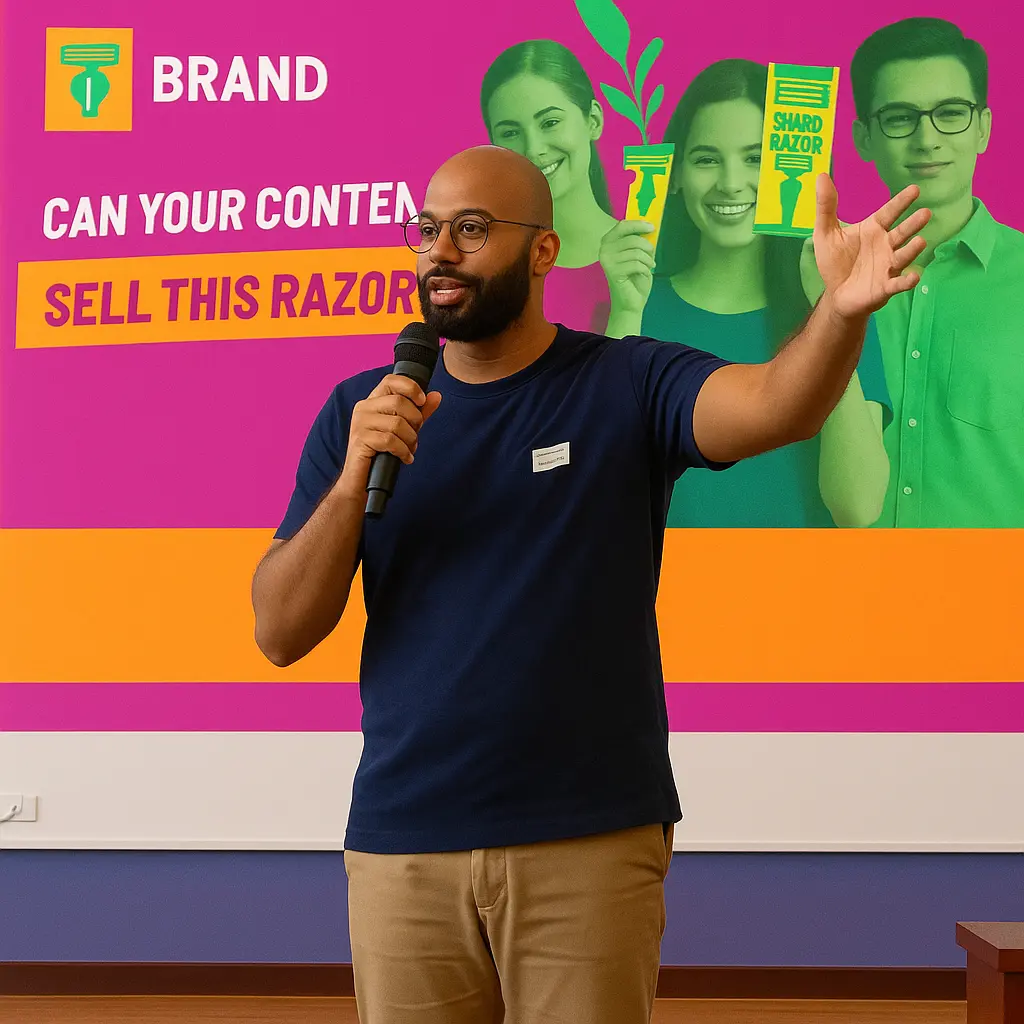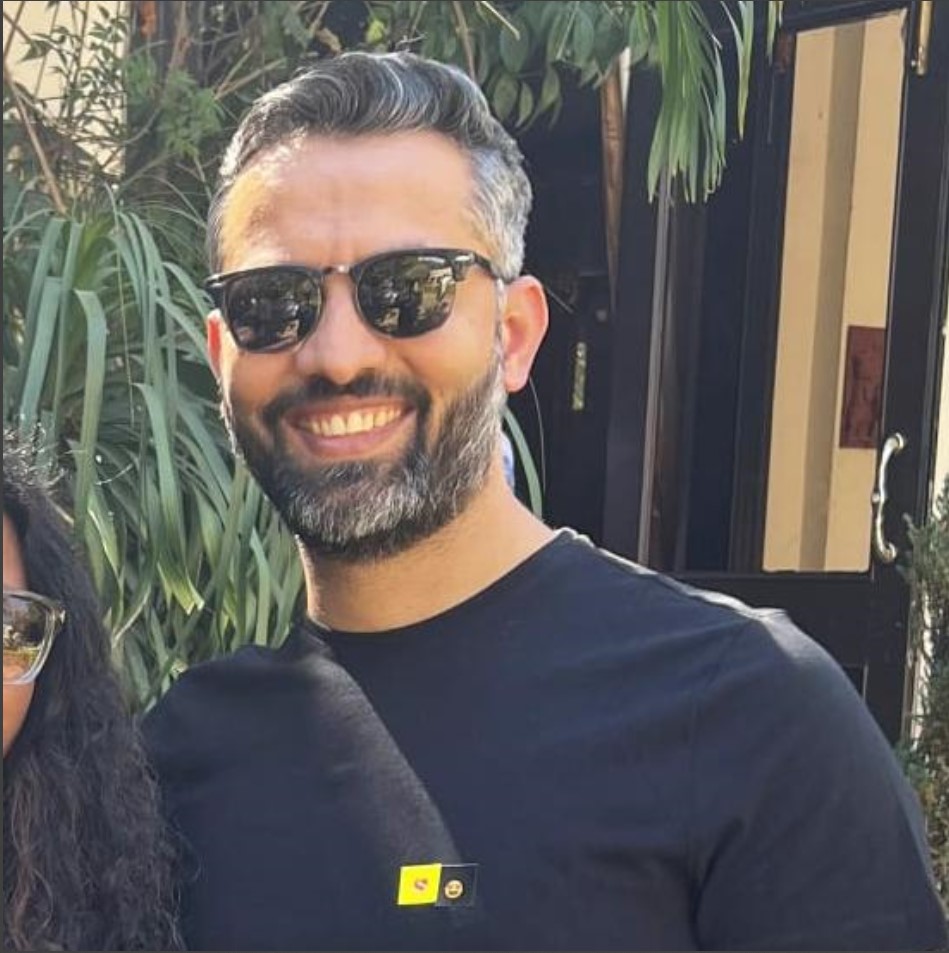
Founder-led branding isn’t a buzzword—it’s a seismic shift in how brands are built and trusted. In a world where audiences crave authenticity and connection, founders are stepping out of the boardroom and into the spotlight. From candid tweets to behind-the-scenes Instagram stories, today’s founders are changing the way brands talk, act and grow.
If you’re a brand manager, CEO, or marketing strategist wondering how to make your brand stand out, here’s why founder-led branding is the new game-changer.
Table of contents
- Why Founder-Led Branding Is Having a Moment
- What Is Founder-Led Branding?
- Why It Works: The Power of Authenticity & Storytelling
- Global & Indian Examples: Who’s Doing It Right
- The Playbook: How to Build a Founder-Led Brand
- Watch Outs: Risks and How to Handle Them
- Measuring Success: What to Track
- Quick Tips for Indian Founders & Brand Leaders
- Conclusion: The Future Is Personal
- FAQs
Why Founder-Led Branding Is Having a Moment
There’s a reason why you’re seeing more founders on your LinkedIn feed, Instagram Reels and even in meme groups. In 2025, people don’t want to buy from brands—they want to know who’s behind the brand. Who’s the real person calling the shots? What do they stand for? And can you trust them?
This shift isn’t a global phenomenon playing out in India’s startup corridors, family businesses and even legacy brands. When founders step into the spotlight, they bring a human face to the business. Suddenly, a fintech app isn’t another logo; it’s Nikhil Kamath’s candid take on money. A food delivery isn’t a transaction; it’s Deepinder Goyal tweeting about customer feedback at midnight.
Why now? Because trust is currency and authenticity is the new marketing gold. In a world flooded with ads and “curated” brand messages, founder-led branding cuts through the noise. It’s real, it’s raw and it’s relatable.
What Is Founder-Led Branding?
Founder-led branding is when the founder or CEO doesn’t approve the marketing plan from a corner office—they are the marketing plan. Their voice, values and story become the brand’s most powerful assets.
It’s not about being a celebrity. It’s about being visible, accessible and authentic. Founder-led branding means:
- The founder is the face and voice of the brand.
- The brand’s story is intertwined with the founder’s journey.
- Customers feel like they’re buying from a person, not a company.
Think of it as personal branding, but with the business riding shotgun. It’s different from influencer marketing, where someone else tells your story. Here, the founder owns the narrative.
Why It Works: The Power of Authenticity & Storytelling
Let’s face it: people trust people more than they trust logos. When a founder shares their wins, the fails, the “why” behind the brand—it hits differently. You’re not selling a product; you’re inviting people into your story.
- Authenticity: Real stories, real struggles, real wins. That’s what audiences crave.
- Relatability: When founders talk about their late-night hustle, funding fears, or product pivots, it makes the brand more approachable.
- Community: Founder-led brands don’t have customers; they have fans and advocates. People want to be part of the journey.
- Agility: Founders can react to trends, feedback and crises in real time—no layers of approval needed.
In short, founder-led branding builds trust, loyalty and a sense of belonging. And in a crowded market, that’s your unfair advantage.
Global & Indian Examples: Who’s Doing It Right
Global Icons
- Elon Musk (Tesla, SpaceX): Tweets that move markets, memes that go viral and product launches that feel like rock concerts. Musk doesn’t lead companies—he is the story.
- Steve Jobs (Apple): The original showman. His keynotes weren’t product launches; they were cultural events.
- Oprah Winfrey: Built an empire on authenticity and personal connection. Her endorsement can turn a product into a phenomenon.
Indian Trailblazers
- Deepinder Goyal (Zomato): Tweets about everything from delivery boy stories to product updates. Makes Zomato feel like a brand with a pulse.
- Ritesh Agarwal (OYO): Shares his journey from small-town entrepreneur to global hotelier, making OYO’s story every bit as compelling as its service.
- Kunal Shah (CRED): His Twitter threads on business, psychology and startups have made him a thought leader far beyond his company.
- Baba Ramdev (Patanjali): The face, voice and energy behind the brand. His visibility turned Patanjali into a household name.
What do they have in common? They’re not afraid to show up, speak up and let their personality shape the brand.
The Playbook: How to Build a Founder-Led Brand
Be Real, Not Robotic: Show up as yourself—quirks, flaws and all. People connect with personalities, not PR scripts.
Tell Your Story: Share your “why.” Talk about the messy middle, not only the highlight reel. Your journey is your brand’s best content.
Meet Your Audience Where They Are: Pick your platforms—LinkedIn, Twitter, Instagram, YouTube. Show up consistently and engage. Don’t broadcast; start conversations.
Stand for Something: What’s your mission beyond making money? Whether it’s sustainability, financial literacy, or empowering local businesses, let your values shine.
Balance the Spotlight: Be visible, but don’t overshadow your team or product. Celebrate wins together. Remember: you’re the face, not the entire show.
Stay Consistent: Branding is a marathon, not a sprint. Keep showing up, keep sharing and keep engaging—even when it feels repetitive.
Watch Outs: Risks and How to Handle Them
- Overexposure: Don’t turn your brand into a reality show. Share, but set boundaries.
- Ego Traps: The brand should be the hero, not the founder.
- Crisis Management: If you’re in the spotlight, expect scrutiny. Address criticism with honesty and humility.
- Succession Planning: Build a brand that can thrive even if you step back. Empower your team and document your values.
Founder-led branding is powerful, but it’s not for everyone. If you’re not comfortable in the limelight, let your work and your team do the talking.
Measuring Success: What to Track
You can’t improve what you don’t measure. Here’s what to track:
- Engagement: Are people liking, sharing and commenting on your content?
- Inbound Leads: Are you getting more business inquiries?
- Media Mentions: Is your founder (and brand) being talked about in the press?
- Talent Attraction: Are candidates drawn to your company because of your story?
- Community Growth: Is your audience growing and are they becoming advocates?
Don’t chase likes—look for real impact.
Quick Tips for Indian Founders & Brand Leaders
- Start small: You don’t need a viral video to begin. Share a LinkedIn post, record a short video, or write a blog.
- Use local language and context: Speak in a way your audience relates to—don’t be afraid to mix Hindi, Gujarati, or Tamil if that’s your base.
- Leverage Indian platforms and events: Participate in local startup events, podcasts and webinars.
- Be yourself: Don’t try to copy Elon Musk or Steve Jobs. Your own story is your superpower.
Conclusion
The Future Is Personal
Founder-led branding isn’t a trend—it’s the new normal. In a world where people buy into people, your story is your brand’s most valuable asset. If you’re ready to build trust, drive loyalty and stand out in a crowded market, it’s time to step into the spotlight.
Want to build a brand that’s as human as it is successful? Let’s talk.



